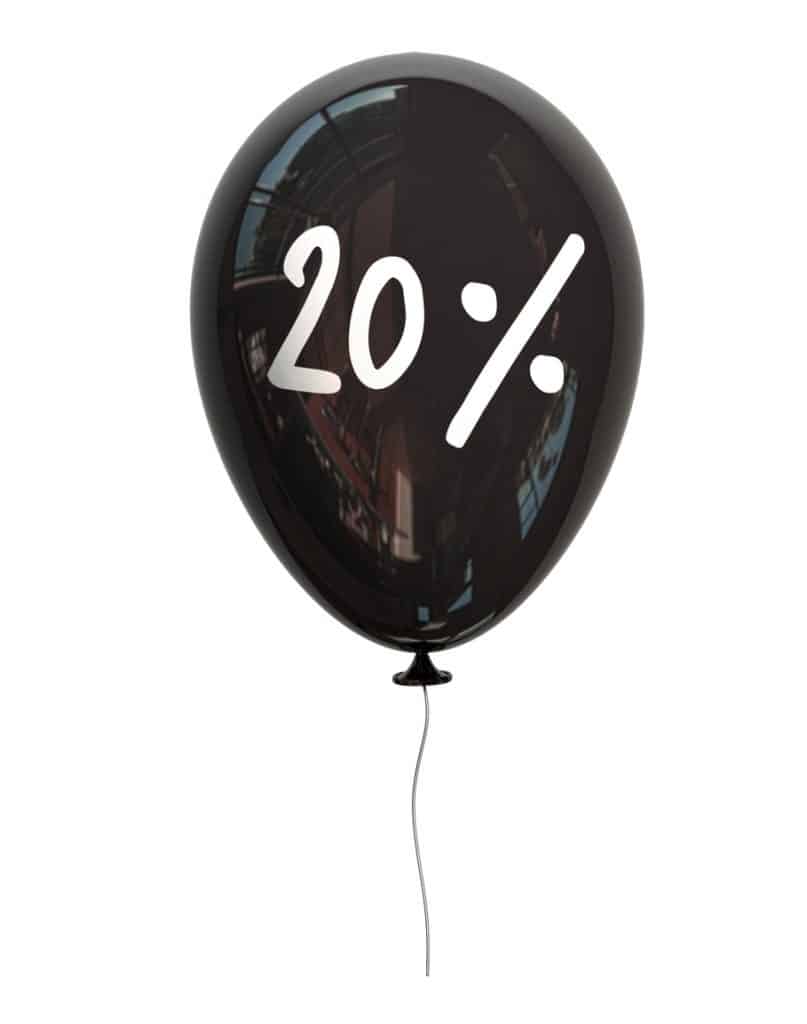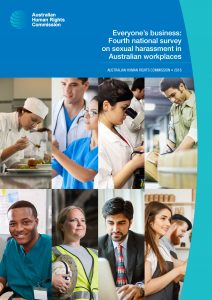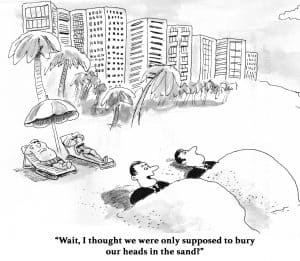
This blog has a policy of linking to source documents wherever possible. Recently I investigated the origin of the statement and its variations:
“In a 12 month period, 20 per cent of Australians will experience a mental health condition.”
Clarity on this is going to be important as Australia has several formal inquiries relating to mental health and this statement often crops up in strategy documents and policies related to occupational health and safety (OHS).


 Some organisations struggle to understand the prevention of harm. In September 2018 the Chartered Institute of Personnel and Development (CIPD) released its “
Some organisations struggle to understand the prevention of harm. In September 2018 the Chartered Institute of Personnel and Development (CIPD) released its “
